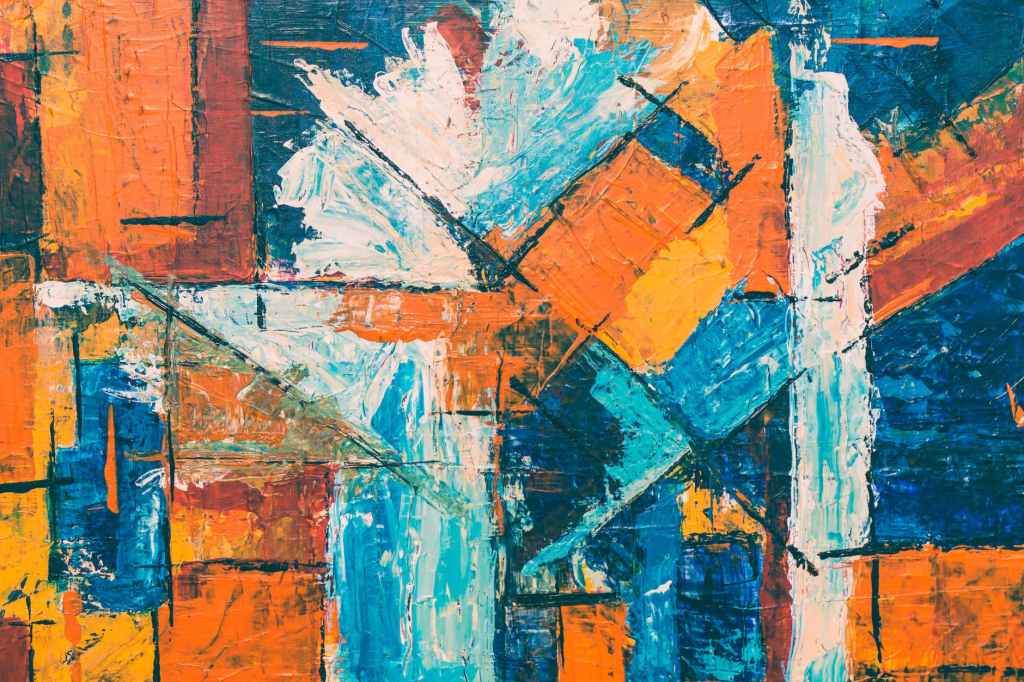
By: Stella B. Haynes Kiehn
Is it possible for AI to achieve genuine creativity? Inventor and self-dubbed “AI Director”, Dr. Stephen Thaler (“Thaler”), has been attempting to prove to the U.S. Copyright Office for the past several years that not only can AI be creative, but also that AI can create works capable of reaching copyright standards.
On November 3, 2018, Thaler filed an application to register a copyright claim for the work, A Recent Entrance to Paradise. While Thaler filed the application, Thaler listed “The Creativity Machine”, as the author of the work, and himself as the copyright claimant. According to Thaler, A Recent Entrance to Paradise was drawn and named by the Creativity Machine, an AI program. The artwork “depicts a three-track railway heading into what appears to be a leafy, partly pixelated tunnel.” In Thaler’s copyright application, he noted that A Recent Entrance to Paradise “was autonomously created by a computer algorithm running on a machine” and he was “seeking to register this computer-generated work as a work-for-hire to the owner of the Creativity Machine.”
The U.S. Copyright Office denied Thaler’s application primarily on the grounds that his work lacked the human authorship necessary to support a copyright claim. On a second request for reconsideration of refusal, “Thaler did not assert that the Work was created with contribution from a human author … [but that] the Office’s human authorship requirement is unconstitutional and unsupported by case law.” The U.S. Copyright Office once again denied the application. Upon receiving this decision, Thaler appealed the ruling to the U.S. District Court for the District of Columbia.
On appeal, Judge Beryl A. Howell reiterated that “human authorship is an essential part of a valid copyright claim.” Notably, Section 101 of the Copyright Act requires that a work have an “author” to be eligible for copyright. Drawing upon decades of Supreme Court case law, the Court concluded that the author must be human, for three primary reasons.
First, the Court stated that the government adopted the Copyright Clause of the U.S. Constitution to incentivize the creation of uniquely original works of authorship. This incentivization is often financial, and non-human actors, unlike human authors, do not require financial incentives to create. “Copyright was therefore not designed to reach” artificial intelligence systems.
Second, the Court pointed to the legislative history of the Copyright Act of 1976 as evidence against Thaler’s copyright claim. The Court looked to the Copyright Act of 1909’s provision that only a “person” could “secure copyright” for a work. Additionally, the Court found that the legislative history of the Copyright Act of 1976 fails to indicate that Congress intended to extend authorship to nonhuman actors, such as AI. To the contrary, the congressional reports stated that Congress sought to incorporate the “original work of authorship” standard “without change.”
Finally, the Court noted that case law has “consistently recognized” the human authorship requirement. The decision pointed to the U.S. Supreme Court’s 1884 opinion in Burrow-Giles Lithographic Company v. Sarony, in upholding the constitutionality of the human only authorship requirement. This case, upholding authorship rights for photographers, found it significant that the human creator, not the camera, “conceived of and designed the image and then used the camera to capture the image.”
Ultimately, this decision is consistent with recent case law, and administrative opinions on this topic. In mid 2024, the Copyright Office plans to issue guidance on AI and copyright issues, in response to a survey of AI industry professionals, copyright applicants, and legal professionals. In relation to the Creativity Machine, one of Thaler’s main supporters in this legal battle is Ryan Abbott, a professor of law and health sciences at the University of Surrey in the UK, and a prominent AI litigant. Abbott is the creator of the Artificial Inventor Project—a group of intellectual property lawyers and an AI scientist working on IP rights for AI-generated outputs. The Artificial Inventor Project is currently working on several other cases for Thaler, including attempting to patent two of the Creativity Machine’s other “authored” works. While the District Court’s decision seems to mark the end of Thaler’s quest to copyright A Recent Entrance to Paradise, it seems as if the fight for AI authorship rights in copyright is only beginning.





